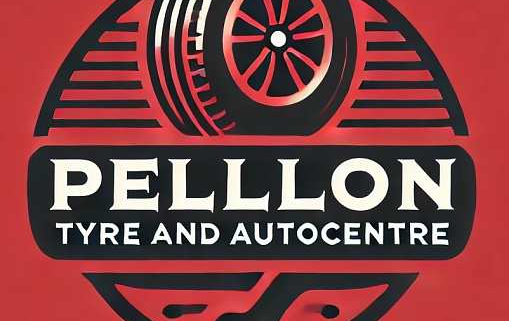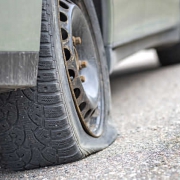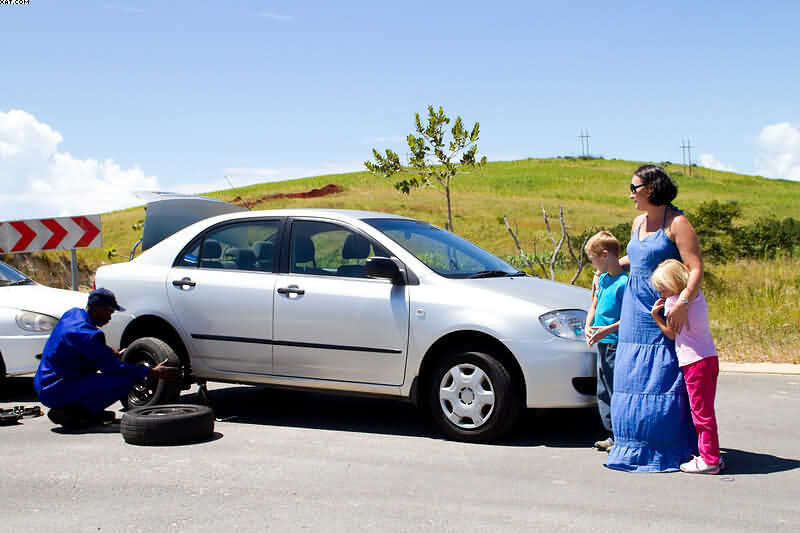Tyre issues
Table of Contents
Tyre issues
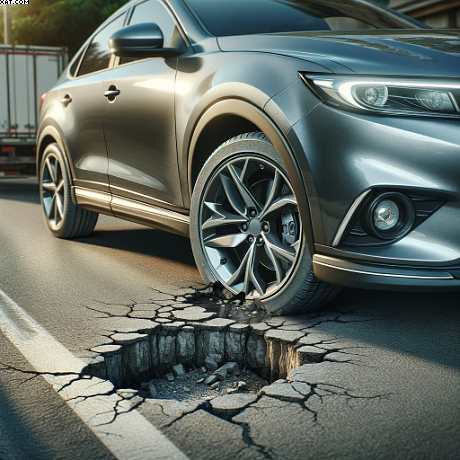
Tyre issues
Tyre issues are the biggest cause of breakdowns
Of course, this is nothing new. In my opinion, the main reason is that the car manufacturers have failed their duty of care! Cars no longer have spare wheels in many cases. Drivers are left with either nothing at all or a can of inflation fluid. Some vehicle are fitted with skinny-looking spare wheels. On the, say, posher part of the car market, many have run flat tyre systems.
Cars are also fitted with TPMS systems. These light up when a tyre is deflated and under pressure. As the owner of a busy retail tyre outlet here in Halifax, UK, I must stand up for the customers. Subsequently, I find that most car owners are concerned about the condition of their tyres.
Like many other things in life, we always get people who dont give a damn about their tyres or rod safety in general. These are also the people who think nothing about fitting worn tyre and the dangers that these can bring to our busy roads.
Drivers are now forced to join the national breakdown services because of the lack of spare wheels in millions of cars. It was originally done to lower the weight of the cars to reduce emissions. But this must have also increased the profit margins ?
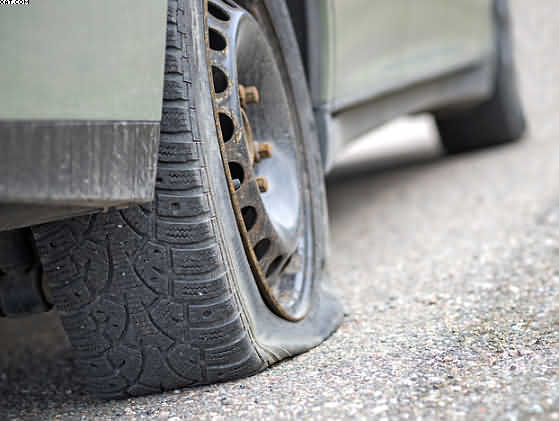
More than 41,500 people broke down on National Highways roads last year because of tyre issues – that’s more than 20 per cent of all breakdowns. National Highways, which is responsible for motorways and major A
Tyre Problems: An Ongoing Challenge for Breakdown Services in the UK
The mere notion of a flat tyre or a blowout causes much perspiration among drivers in the United Kingdom. Notwithstanding progress in vehicle technology and tyre longevity, tyre-related issues continue to constitute a significant proportion of breakdown service calls throughout the United Kingdom. This enduring concern not only induces inconvenience for motorists but also presents significant perils to safety.
What Makes Tyre Problems So Frequent?
The spectrum of tyre issues extends from gradual punctures and tread degradation to more severe blowouts. The causes of these problems are diverse, but frequently include:
Low Maintenance:
A significant number of motorists disregard routine tyre inspections, disregarding the criticality of tread depth and tyre pressure. Such carelessness may result in untimely deterioration and hazardous road conditions.
Pavement Conditions:
Debris, potholes, and uneven road surfaces are all potential sources of significant tyre damage. Particularly in areas with inadequate maintenance or following severe winters, British roads can be a minefield for tyres.
Age and Garment:
Tyres deteriorate naturally with use and age. Particularly when damp, the rubber loses its elasticity and the treads deteriorate, diminishing the tire’s ability to adhere to the road.
The Consequences for Breakdown Services
Breakdown services are dispatched to thousands of tyre-related incidents annually in the United Kingdom. Tyre issues are among the main causes of stranded vehicles, according to the RAC. This phenomenon not only imposes a burden on service resources but also hinders their capacity to address more critical emergencies.
Safety Issues
Significant safety implications result from tyre failures. Tyre damage or inadequate maintenance can result in a loss of vehicle control, particularly when travelling at high velocities on highways. Not only does the vehicle with the defective tyre face danger, but so do other motorists.
Suggestions for Motorists
To mitigate the likelihood of tire-related malfunctions, drivers are recommended to:
Check Routinely: Conduct routine inspections of the tread depth and tyre pressure. It is advisable to replace a tyre well in advance of the legal tread wear threshold of 1.6mm.
Age Monitoring: Regardless of tread wear, tyres ought to be replaced every five years as a result of the detrimental impacts that ageing has on rubber.
Travel Prudently: Vigile deceleration and abrupt stops should be avoided, as they can accelerate tyre degradation. Additionally, driving slowly over substandard surfaces can prevent unanticipated damage.
A View Looking Forward
Despite ongoing advancements in tyre technology,
The enduring challenge of maintenance and awareness persists. By means of educational campaigns and consistent reminders concerning the significance of tyre inspections, the frequency of tyre-related callouts could be diminished. Furthermore, advancements in puncture-resistant materials and tyre durability may ultimately reduce the frequency of these failures.
To conclude,
Tyre maintenance is an essential component of road safety, not merely a means to prevent the inconvenience of a punctured tyre. Drivers can promote a safer voyage for all by adhering to basic tyre maintenance procedures, which effectively mitigate the likelihood of mechanical failures. At this time, tire-related issues remain a significant obstacle for breakdown services in the United Kingdom, highlighting the critical nature of sustaining education and awareness regarding this matter.
- MOT Tests Book Early
- Car Suspension Noises
- Engine Carbon Clean Service: Pellon Autocentre in Halifax UK
- Falken Safety Winter Tyres
- Audi A1 Brake Problems Solved
Source: Tyre issues biggest cause of breakdowns, National Highways data shows
